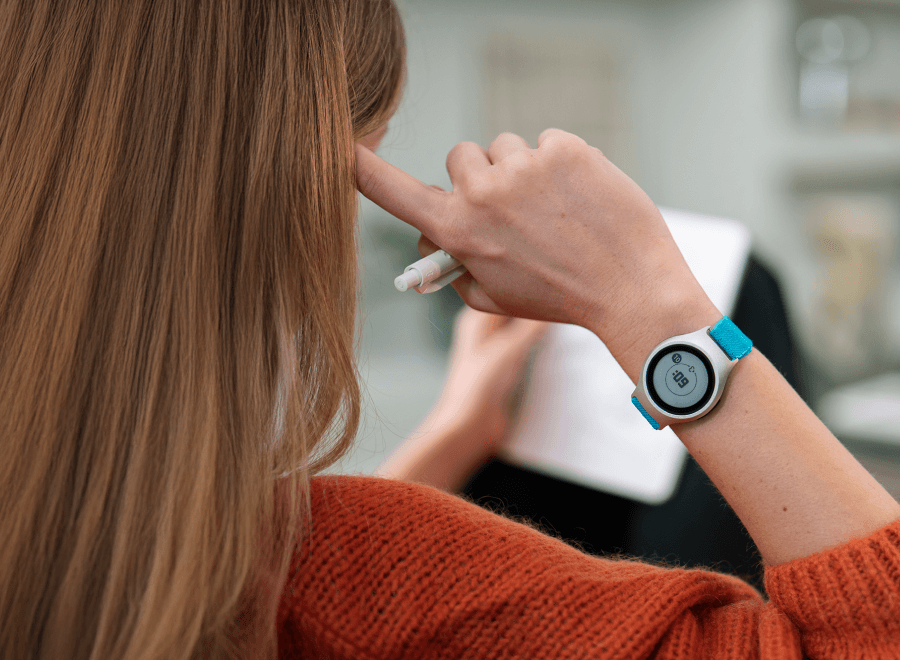What is EpiMonitor?
Who is EpiMonitor for?
Is EpiMonitor suitable for children?
What types of seizures does EpiMonitor detect?
How can I buy EpiMonitor?
How much does EpiMonitor cost?
Do you have a returns policy?
Is EpiMonitor available in all US states?
Is EpiMonitor available outside the US?
Do I need a prescription before I buy?
How can a doctor prescribe EpiMonitor and where do they send the prescription?
Can I use my insurance to pay for EpiMonitor?
Are there ways to receive financial support in purchasing EpiMonitor?
Does EpiMonitor need a smartphone?
Will my child need a smartphone to use EpiMonitor?
Does the phone have to be next to the EmbracePlus watch to work?
What is the EpiMonitor Bluetooth range?
Does EpiMonitor call emergency services?
What is the range of an Alert?
Can EpiMonitor send false alerts?
- False alarm cancellation: When the EpiMonitor algorithm detects a possible seizure, a countdown begins before an alert is sent, giving you the chance to cancel through the app or directly from the EmbracePlus watch with a few simple taps.
- Adjustable sensing precision: Our sensing precision feature allows you to adjust the sensitivity of the algorithm, or temporarily snooze it when you are in a safe situation, to ensure you balance peace of mind with whatever life plans you have.
Does EpiMonitor predict seizures?
How accurate is the EpiMonitor algorithm?
What other metrics does EpiMonitor track?
Does it monitor heart rate, SpO2 or breathing?
Can EpiMonitor be worn on the ankle, arm, or with a prosthetic?

